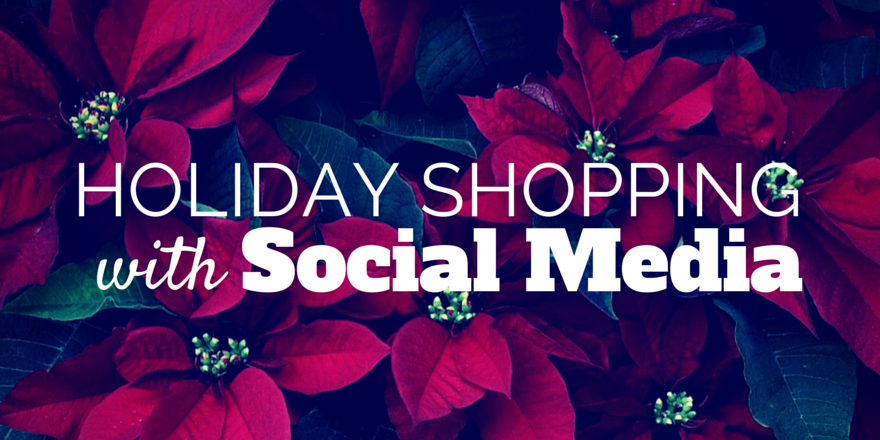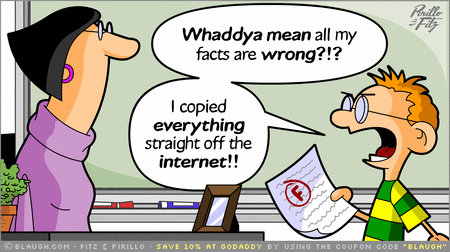10 Reasons to Engage with Customers Online
/1. You personalize your brand
Engaging with customers allows you to control the flow of the conversation. If they ask for clarification on an upcoming sale, you can give it to them. If you thank them for taking the time to promote your brand, you can choose how you want to engage. It's all a great way to show your brand's personality—and to demonstrate how unique your company is!
2. Customers give feedback for free
Many times, customers will respond to an image or a status that you share on your social media platforms: they'll chime in with their thoughts, answer a question, or let you know how they feel about your most recent promotions. And this is a great way to find out what your customers are thinking without forcing them to take a survey—basically, you get free feedback. And who doesn't love that?
3. You present a positive image
If you're a fan of a company like Coca-Cola, you probably don't expect a lot of interaction with the brand--they're simply too big to get back to every person who tries to engage with them. But if you're a fan of a local hair salon, you more than likely expect that they'll get back to you in a timely manner--they should care about their customers. You feel they should strive to interact with customers because they're local—which is precisely why you, as a local business owner, have to be aware of your customers' needs. They'll communicate their interests and thoughts to you online—whether by email, twitter, or Facebook. When you respond to their concerns, you present a positive image that lasts.
4. Customers will share content for free
A great thing about posting on your social media networks is that your customers will be eager to share your content. Whether you're asking them to share for a chance to win a coupon, or they're simply doing it on their own because you post such great content, you're getting free advertisement. When you engage with your customers, they'll be happy to share your content, and you all benefit from that.
5. Networking is good for everyone
When your customers interact with you, you may be surprised to learn that some among the group are actually quite high-status clients. You can use this to your advantage by making a real connection with them and agreeing to help one another out. Trade blog posts, promote each other's stores or websites, or simply share social media updates. You'll both benefit from this mutual transaction, and your fans get the benefit of seeing that you're willing to network and share with others!
6. You might get free recommendations
When you engage with customers, you'll find that they appreciate you taking the time out of your day to respond to them. This in turn can increase their opinion of your brand. And if they love your brand, they'll recommend you to friends. Think of the last time a restaurant owner responded to your comment or review personally—it felt nice, didn't it? You owe your customers this courtesy. Deliver it, and they'll react accordingly.
7. Positive word of mouth
The beauty of online marketing is that it doesn't have to stay online. By building your brand image and engaging with customers, you'll make a good impression that will follow you offline, too. Whether you're a plumber or the owner of a salon, if you're friendly and active online, your customers will spread great news about you by word of mouth. This in turn can bring more visitors to your store or more phone calls to your office!
8. Brand awareness spreads
A natural consequence of networking, sharing, and recommendations is that your brand awareness spreads. Every time a new person learns about your business, your brand has made a new impression! So remember that even if you're not where you'd like to be in terms of followers/fans or interactions, you are still building platform for yourself. There are some benefits that come from this, too!
9. Consistency will bring in more visitors
If you update every once in a while and never interact with your fans or followers, you'll find that people tend to view you as unreliable. You'll start to lose fans, and people won't care about your updates as much as they would if you were consistent. You can prevent this by regularly updating, engaging with your community, and by presenting a friendly, consistent image. Remember that even if you're not hitting your projected numbers, you're still growing. You can always change up your plan, as long as you don't quit altogether.
10. More traffic to your website and other social media accounts
Finally, your shining example of being a great business owner will help you gather more followers and fans, as well as drive more traffic to your website. Be sure to post your website's address as well as any other contact info across all of your social networks. That way, if someone finds you on Twitter, they can still visit your website or go to “like” your Facebook page. Conversely, if they find your website and want to follow you on social media, they can easily navigate to your profiles directly from your website. Easy and simple!
As you can see, it's important to engage with your customers for so many reasons. Your presence online can truly affect how you're perceived both online and off. By implementing a consistent routine and keeping a positive attitude, you'll find that the benefits of engaging with customers online are only going to better your business.
Can you think of any other benefits of engaging with customers online? Let us know!


















